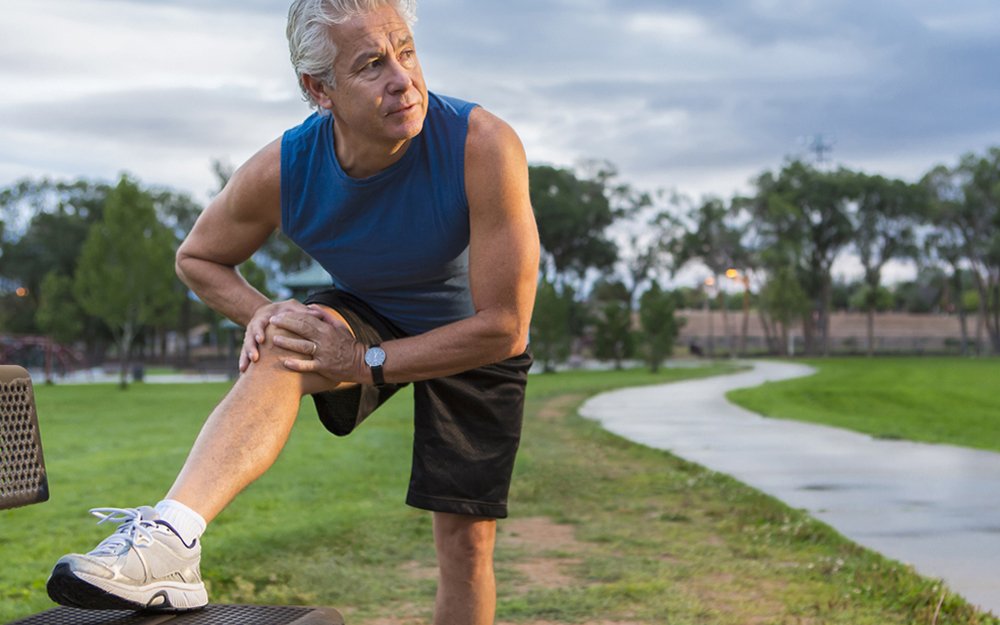Urinary Leakage After Prostate Surgery?
When a male visits with me after having prostate surgery, the two most common problems we discuss are urinary leakage and erectile dysfunction.
The prostate sits right below the bladder. It helps with semen fluidity and move- ment. There are also nerves that serve important functions in this area.
When the prostate is removed or reduced in size surgically, these important nerves can be damaged. Even the best “nerve-sparing” surgeries can damage nerves.
These damaged nerves usually result in urinary leakage and erectile dysfunction.
So what can be done to help after surgery?
I tell patients that there are 3 components to regaining function after prostate surgery:
1. Time
This is the subject no one likes to discuss. I know I’m not a very patient creature and I’m guessing that’s true for a lot of others. Unfortunately, nerve healing is very slow. And it can vary case to case. It can take months to years before the healing is complete. So I tell patients to be patient with their bodies while they heal.
2. Strength
I like talking about strength because it’s something we can control (for the most part). We have two sphincters that keep us from leaking urine. The first sphincter is at the bladder itself. As the bladder fills up, this sphincter stays nice and tight to prevent us from leaking urine. However, when nerves are damaged from prostate surgery, this sphincter is often compromised. So when we stand or lift or move, urine leaks out because this sphincter isn’t working like it should. The second sphincter is actually the pelvic floor muscles. And we have conscious control of these muscles! So we work on improving the activation and strength of the pelvic floor muscles. As patients get better at learning how to do a pelvic floor contraction, we start challenging the muscles by having them contract with movement. I always encourage patients to improve their whole body strength as well.
3. Bladder
Patients usually look at me in a funny way when I tell them that we need to work on their bladder as well. The bladder is a muscle. As the bladder fills with urine, it sends a signal to the brain. We then decide if we are ready to go to the bathroom or if we need 20 more minutes. However, when you’re leaking urine after prostate surgery, it’s not uncommon to develop poor bladder habits which can inadvertently make the leakage worse. For example, you might start going to the bathroom every 30 minutes to keep the bladder as empty as possible so you don’t leak as much. I also see a lot of patients reduce their water intake to lessen their urine leakage. So part of our home program is restoring normal bladder function.
4. But wait, there might be one more component!
We haven’t discussed erectile dysfunction much yet. As noted above, nerve damage is a large cause of urinary leakage and erectile dysfunction. Partly, it’s a waiting game while nerves heal. The other part is that the penis is no longer getting blood flow like it was prior to surgery. An erection is partly caused by blood flowing into the penis. The male body will naturally have erections while sleeping. This how the body “exercises” the tissues of the penis. It also helps maintain length of the penis. This is likely a contributing factor to erectile dysfunction after surgery.
One more thing to mention - If you had erectile dysfunction and/or urinary issues prior to have prostate surgery, that can make things more complicated.
To Summarize:
1. There are 3 main components to regaining function after prostate surgery.
Time, Strength, Bladder
2. We cannot control the rate at which our nerves heal, but patience is key.
3. We can control:
Strength
Bladder habits
If you and your surgeon do not feel like your recovery is going like it should, I recommend you reach out to a pelvic floor physical therapist. There are several things that can help you through this process.

